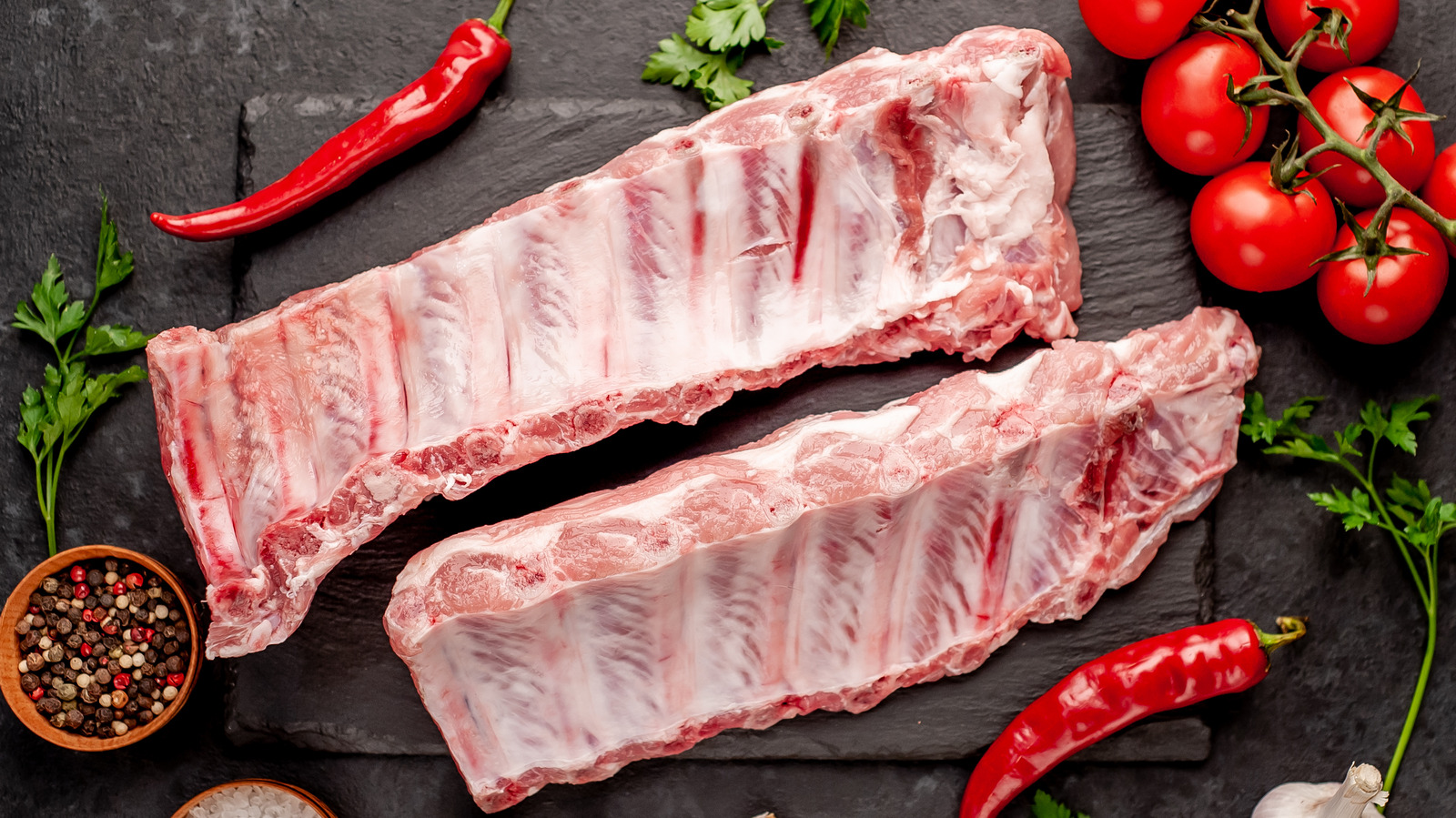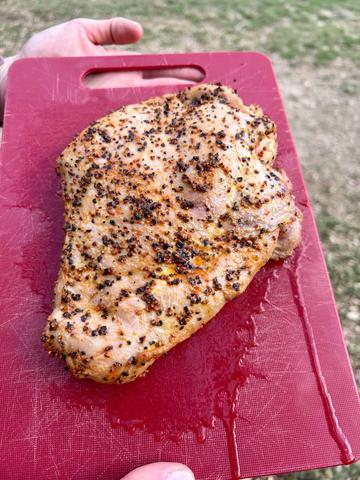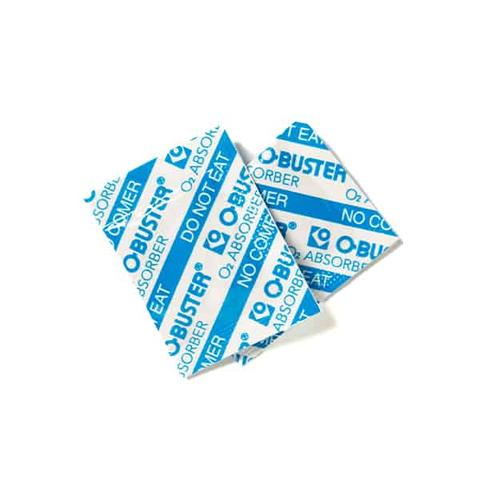
“Cautionary Advice: Avoid Consuming Packaging Material Found in Beef Jerky!”
What are the White Packets in Beef Jerky? Purpose Explained
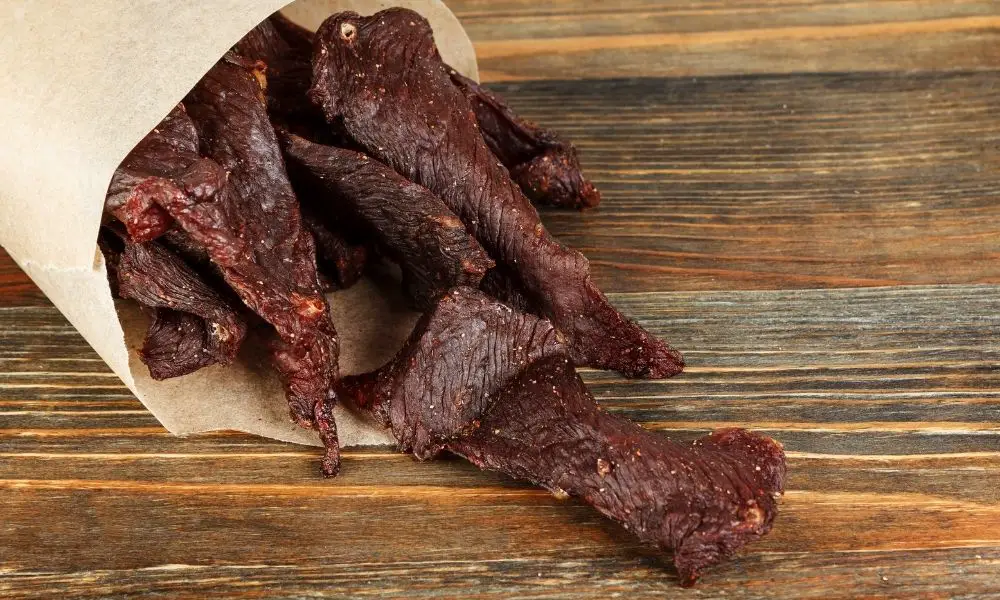
Most commercially sold beef jerky is packaged with small white packets that are labeled “DO NOT EAT.” These packets are typically oxygen absorbers, which remove oxygen from the beef jerky package. The purpose of using oxygen absorbers in beef jerky packaging is to prevent the growth of obligate aerobes, which are microorganisms that require oxygen to grow. By minimizing oxygen interaction, the freshness of the beef jerky is maximized.
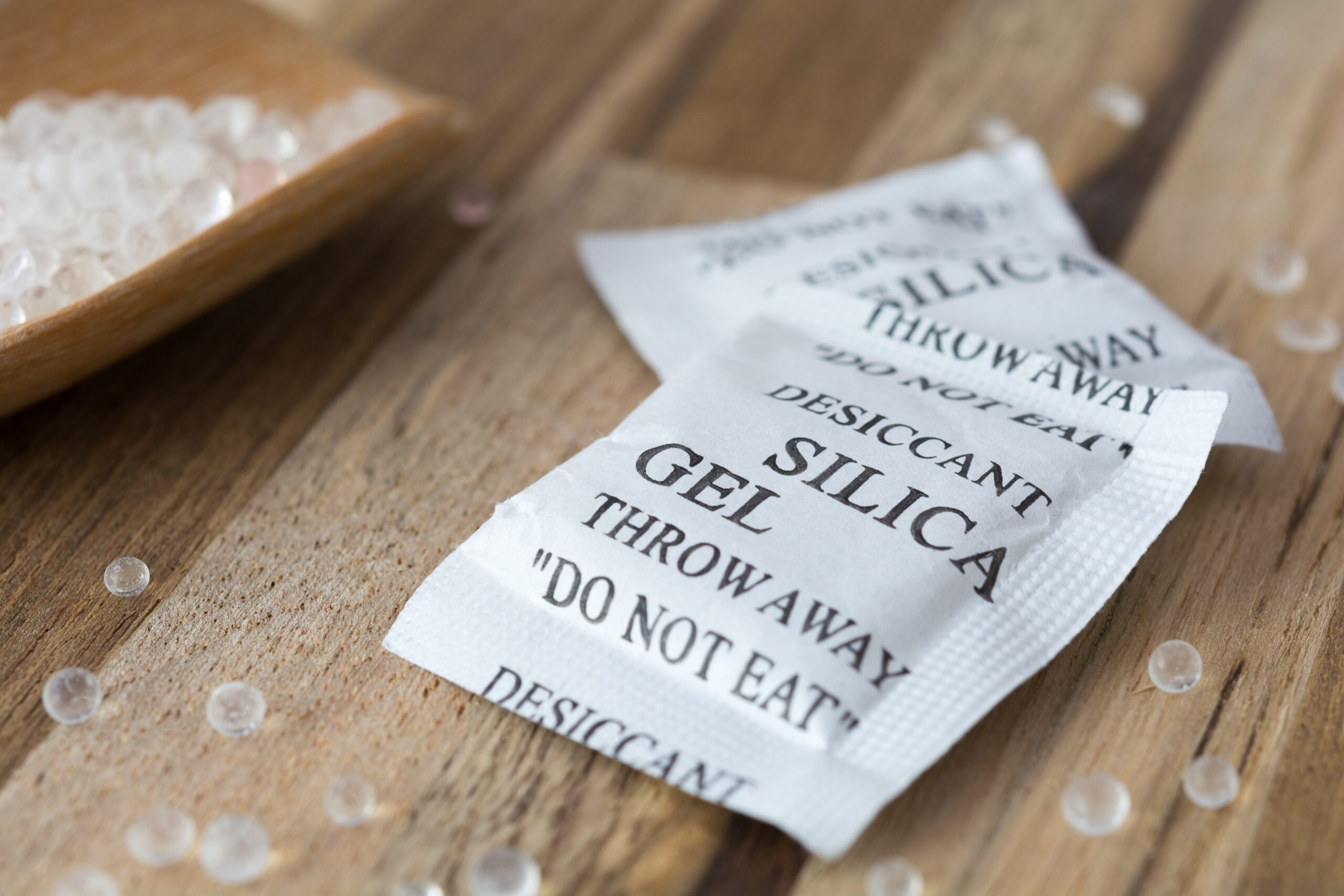
Vacuum sealing is not commonly used for beef jerky packaging because it negatively affects the exterior of the meat. After breaking a vacuum seal, the meat surface becomes wet and clumped together. Additionally, vacuum-sealed packages cannot be resealed once opened. On the other hand, using barrier bags with oxygen absorbers allows for shelf-stability for up to a year and provides an effective way to display and reseal the product.
The presence of oxygen in the packaging can encourage microbial growth of yeasts and molds in beef jerky. Oxygen absorbers contain primarily iron powder along with sodium as a catalyst and activated carbon for gas/odor absorption. The chemical reaction between iron and oxygen forms iron oxide (rust), leaving behind nitrogen and approximately 0.01% remaining oxygen within the package.
Beef Jerky Packaging: Oxygen Absorbers, Silica Gel Packets, and Mylar Bags

Beef jerky packaging involves the use of various components to maximize freshness and prevent microbial growth. One key component is oxygen absorbers, which are small white packets that absorb oxygen within the beef jerky package. These absorbers help to minimize oxygen interaction, which is essential for preserving the quality of the jerky. Unlike vacuum sealing, which negatively affects the meat’s exterior and lacks resealability, packaging with oxygen absorbers allows for a shelf-stable product that can be effectively displayed and easily resealed.
In addition to oxygen absorbers, some beef jerky packaging may also include silica gel packets or desiccant bags. These packets contain desiccants such as silica gel or bentonite clay, which absorb moisture from the air and help maintain dryness in the container. While silica gel is non-toxic, it should not be consumed as it can pose a choking hazard and cause dehydration or throat irritation.
The actual packaging material used for beef jerky is typically a high barrier film made of materials like PET (polyethylene terephthalate). This film is hermetically heat sealed to isolate oxygen and often features a display window for consumers to see the product. Water activity is minimized through dehydration, and the jerky is heat treated and cured with salt or curing salt to kill harmful bacteria.
Why Not Just Vacuum Seal the Jerky?
Vacuum sealing is not a suitable method for packaging beef jerky because it negatively affects the exterior of the meat. When vacuum sealed, the meat becomes clumped together and the surface becomes wet and waxy. This texture is unappealing to consumers and can affect the overall quality of the product. Additionally, vacuum sealing does not allow for resealing of the package, which is inconvenient for consumers.
A barrier bag with oxygen absorbers is a more effective packaging method for beef jerky. The oxygen absorbers remove oxygen from the package, preventing the growth of obligate aerobes that require oxygen to grow. This helps maximize freshness and shelf life of the jerky. The barrier bag is also resealable through a push-close zipper, allowing consumers to easily open and close the package as needed.
How Do Oxygen Absorbers Work?
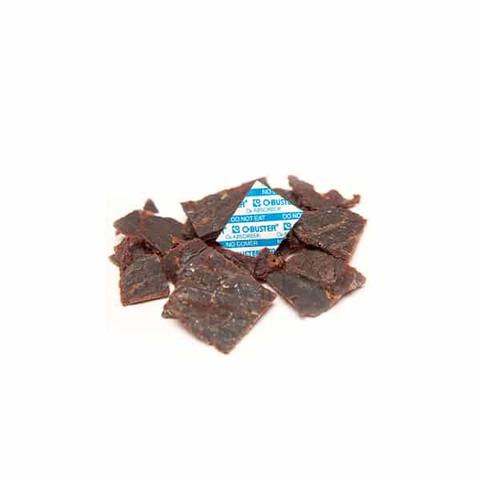
Oxygen absorbers are small packets that are commonly found in beef jerky packaging. These packets are designed to remove oxygen from the package and prevent the growth of organisms that require oxygen to survive.
Inside the oxygen absorber packet, there is primarily iron powder along with other components like sodium and activated carbon. The exterior of the packet is made of a permeable membrane that allows oxygen and moisture to enter while preventing the iron from leaking out.
The chemical reaction that occurs inside the oxygen absorber is between iron and oxygen, forming iron oxide (rust). This reaction absorbs the oxygen within the package, leaving behind nitrogen and approximately 0.01% oxygen. This process effectively reduces the presence of oxygen, minimizing microbial growth and maximizing freshness in beef jerky.
What About Silica Gel Packets?
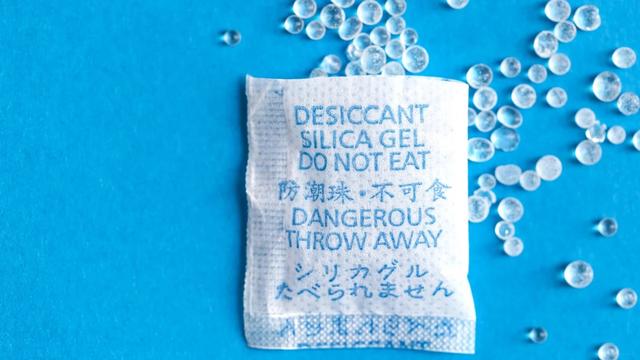
Silica gel packets or “desiccant bags” are sometimes used in beef jerky packaging, although it is more common for homemade beef jerky. These packets contain a chemical called a desiccant, which absorbs moisture from the air and helps maintain dryness in the container. Typically, the packet will contain either silica gel or bentonite clay.
It’s important to note that while silica gel is non-toxic, it should not be eaten. The small beads can pose a choking hazard to small children, and they can also cause dehydration or irritation in the throat due to their moisture-absorbing properties. Some silica gel packets may be treated with cobalt chloride, which is toxic when ingested, but these are not used for jerky packaging as they are not food safe.
In conclusion, it is crucial to remove and discard the oxygen-absorbing packet found in beef jerky packaging. Consuming this packet can lead to serious health risks. Always read product labels and follow proper food handling instructions to ensure your safety and well-being.
Learn More About Grilling
If you want to learn more about grilling, check out these other helpful resources!



